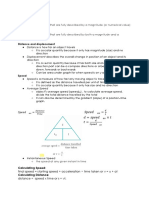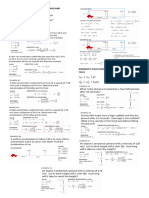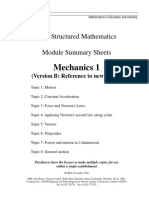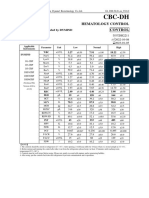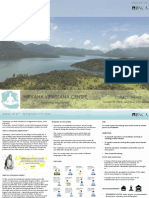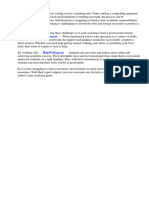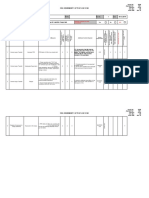0% found this document useful (0 votes)
53 views15 pagesYear 10 and 11 - Physics
This document provides an overview of the units and topics covered in a Year 10 and 11 physics course. Unit 1 focuses on scientific measurement and experimental inquiry. It defines accuracy, precision, and uncertainty. Unit 2 covers motion, including scalar and vector quantities, the kinematic equations, and analyzing graphs of distance, displacement, speed, velocity and acceleration over time. It also addresses force, mass, weight, friction, and road safety. Unit 3 discusses force diagrams, calculating net force, and dynamics. The objectives cover drawing and interpreting free-body diagrams, and calculating net force quantitatively and graphically from multiple forces.
Uploaded by
equilife.foundationCopyright
© © All Rights Reserved
We take content rights seriously. If you suspect this is your content, claim it here.
Available Formats
Download as PDF, TXT or read online on Scribd
0% found this document useful (0 votes)
53 views15 pagesYear 10 and 11 - Physics
This document provides an overview of the units and topics covered in a Year 10 and 11 physics course. Unit 1 focuses on scientific measurement and experimental inquiry. It defines accuracy, precision, and uncertainty. Unit 2 covers motion, including scalar and vector quantities, the kinematic equations, and analyzing graphs of distance, displacement, speed, velocity and acceleration over time. It also addresses force, mass, weight, friction, and road safety. Unit 3 discusses force diagrams, calculating net force, and dynamics. The objectives cover drawing and interpreting free-body diagrams, and calculating net force quantitatively and graphically from multiple forces.
Uploaded by
equilife.foundationCopyright
© © All Rights Reserved
We take content rights seriously. If you suspect this is your content, claim it here.
Available Formats
Download as PDF, TXT or read online on Scribd
/ 15

























